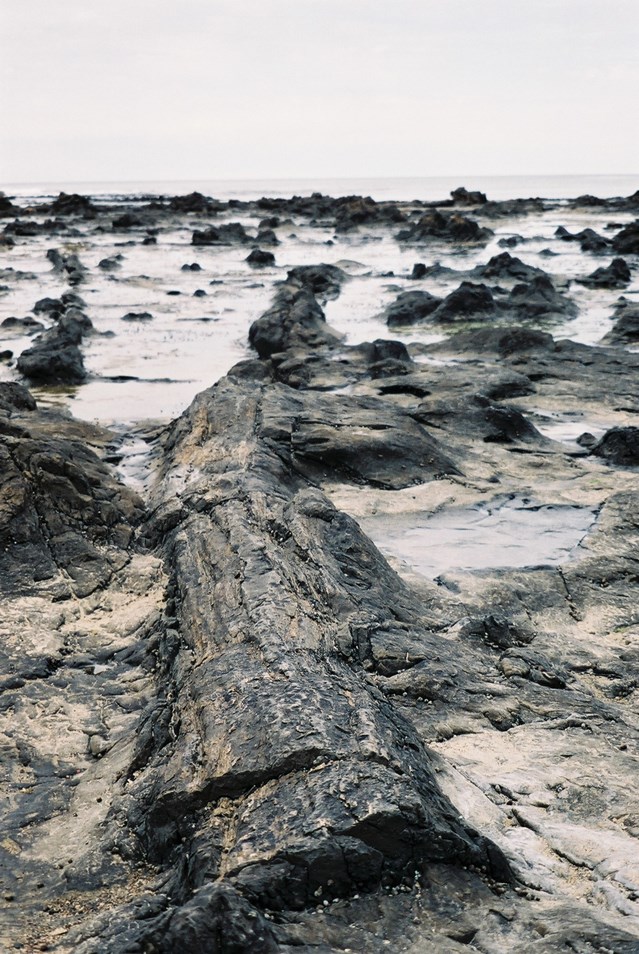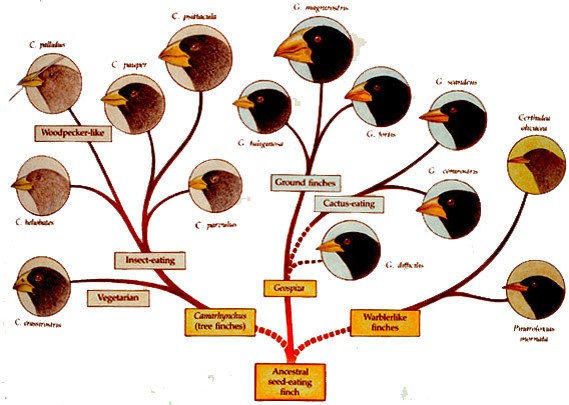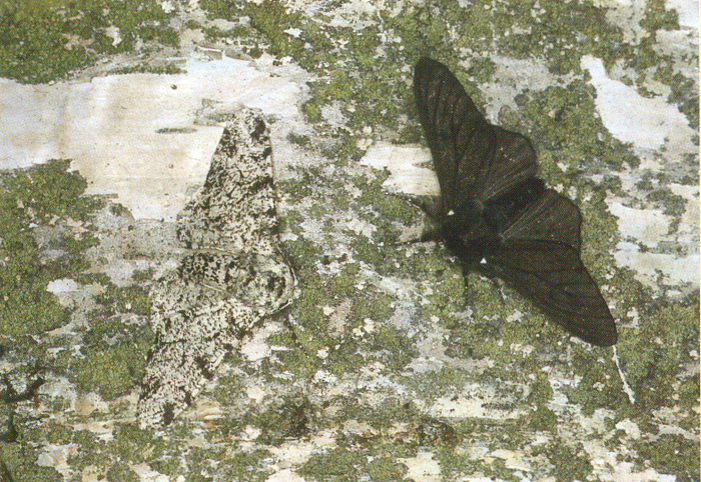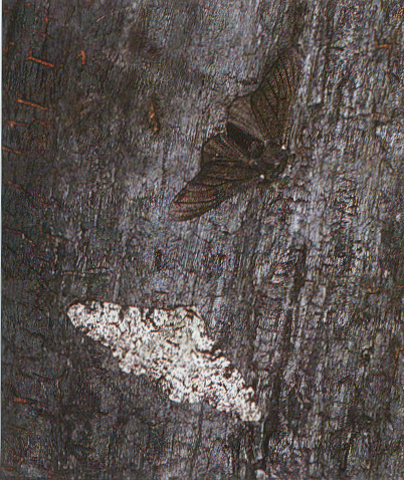3.2 Origins of Biodiversity
 Origins of Biodiversity
Origins of Biodiversity
I always tell students this is my favourite topic as it relates strongly to my Ph.D. in evolutionary biology and takes me back to my years of study!
This sub-topic brings natural selection and evolution to life for students. It is important while teaching these more traditional biological topics to keep relating the ideas to the threats to biodiversity and conservation strategies. Exam questions are likely to require students to see the relevance of the biological concepts to ESS. Try to enrich the topic with examples and videos.
The final part of this sub-topic is about mass extinctions and this is the cutting edge of environmental science with a new geological era being declared, the age of humans, The Anthropocene. There are many articles and books about the 6th Mass Extinction and it is an opportunity to hook students with a very contemporary, controversial topic. Here is a Guardian article about the declaration of the Anthropocene by scientists in 2016.
I can highly recommend Adventures in the Athropocene by Gaia Vince and The Sixth Extinction by Elizabeth Kolbert.
The material, including videos can be covered in a one hour lesson with time to make a flow chart of natural selection.
Significant Ideas:
- Evolution is a gradual change in the genetic character of populations over many generations, achieved largely through the mechanism of natural selection.
- Environmental change gives new challenges to species, which drives the evolution of diversity.
Recommended Teaching Time (not including practicals): 3 hours (for all parts of 3.2)
From the Guide (IB ESS Guide 2015)
- Biodiversity arises from evolutionary processes.
- Biological variation arises randomly and can either be beneficial to, damaging to, or have no impact on, the survival of the individual.
- Natural selection occurs through the following mechanism.
- 1. Within a population of one species, there is genetic diversity, which is called variation.
- 2. Due to natural variation, some individuals will be fitter than others.
- 3. Fitter individuals have an advantage and will reproduce more successfully than individuals who are less fit.
- 4. The offspring of fitter individuals may inherit the genes that give that advantage.
- This natural selection will contribute to the evolution of biodiversity over time.
- Environmental change gives new challenges to species: those that are suited will survive, and those that are not suited will not survive.
- Speciation is the formation of new species when populations of a species become isolated and evolve differently from other populations.
Notes:
- Natural selection is an evolutionary driving force, sometimes called “survival of the fittest”. In this context, the meaning of “fittest” is understood to be “best-suited to the niche”.
Checking Understanding: Are Your Ready?
These questions can be answered using the resources here but you should return to them after studying other topics and try to make links to these other topics.
- Define evolution
- Using an example, outline how natural selection leads to evolution. Be sure to include the definition of evolution and to address the following aspects in your answer:
- Variation in the population
- Variation is heritable
- Resources are limited
- Over-reproduction leads to competition for limited resources/avoidance of predators
- Individuals with variations (characteristics) that are beneficial to the environment will survive and reproduce.
- Explain how evolution contributes to biodiversity. When can it increase biodiversity and when can it decrease biodiversity?
- Explain, with an example, how speciation can occur through isolation.
- Explain how plate activity has influenced evolution and biodiversity.
- Discuss the causes of mass extinctions.
- Compare and contrast the current mass extinction to those of the past.
Student Activities
Test Yourself...
Explain how natural selection gives rise to biodiversity. Use examples to help illustrate your answer.
How does environmental change lead to changes in biodiversity?
3.2 Caminalcules - Building Evolutionary Trees and Dichotomous Keys

Origins of Biodiversity: Evolution
Over the course of the Earth's history of 4.5 billion years, the evolution of life and all the diversity observed in life is due to evolutionary processes. Students of ESS need to understand that the origin of the raw material of diversity is random in nature but then natural selection results in the evolution of this diversity.
Biological Variation arises from random mutations to DNA. These changes to the DNA can be harmless, having no effect on the individual, have negative consequences, even being fatal to the development of an organism, or provide the organism with benefits in it's evolutionary competition. So natural selection contributes to biodiversity over time.
 Natural Selection
Natural Selection
1. Natural variation exists within a species – all individuals are not the same. This variation exists as genetic variation – differences in the DNA sequence of the individuals.
2. The genetic differences (variation) may mean that an individual or individuals are betted adapted (fitter) to an environment or change in an environment than other individuals.
3. Populations of species generally produce more offspring than are required to replace the parents. As the ecosystem has a limited carrying capacity and populations normally remain stable, this excess production results in competition for resources. The "fitter" individuals have a competitive advantage. These individuals have adaptations to an environment and therefore are more likely to survive (survival of the fittest) and reproduce than less well adapted individuals.
4. Their genes (and their genetic variation) are thus more likely to be passed onto the offspring and they are then more likely to survive due to their competitive advantage.
This process is natural selection and may result in the formation of a new species. This process is normally slow and takes place over many generations.
This is the basis of Charles Darwin’s theory of evolution. His observations of finches on the Galapagos Islands were an important cornerstone of the development of this theory. He observed 14 different species of finch on the islands, each with a morphological adaptation that allowed it feed on a different food type – small seeds, large seeds, nectar etc. Darwin concluded that the finches had evolved from an initial single species that had migrated to the islands from the mainland. He was able to suggest this because the Galapagos are volcanic in origin and must have been colonised from other sources. This is an example of adaptive radiation.
 The Peppered Moth: An Example of Natural Selection
The Peppered Moth: An Example of Natural Selection
The peppered moth (Biston betularia) is another classic example of natural selection. The moth is preyed upon by visual hunters while it rests upon tree trunks and wooden fences.
During the industrial revolution in Britain, soot (black carbon) covered the trees and fences.
A naturally occurring variant (i.e. genetically different – arisen through mutation) of the species with much darker pigmentation was better adapted to these conditions and increased in frequency.
As the air quality in Britain improved, the frequency of the paler form of the species increased again.
If the sooty conditions had continued, it is possible that the pale form and dark form would have diverged further. This would have resulted in a new species – the black form – and thus speciation would have occurred.
Here's another interesting and topical example - the evolution of tuskless elephants in Gorongosa National Park. The video is about 6 minutes.
Here's a nice video linking back to the Anoles we met in Topic 2.1. The HHMI video is just over 2.5 minutes.
 Speciation
Speciation
- Environmental change gives new challenges to species: those that are suited will survive, and those that are not suited will not survive.
- Isolation of populations can be caused by environmental changes forming barriers such as mountain formation, changes in rivers, sea level change, climatic change or plate movements. The surface of the Earth is divided into crustal, tectonic plates that have moved throughout geological time. This has led to the creation of both land bridges and physical barriers with evolutionary consequences.
Speciation is the evolutionary process whereby populations of a single species separate and, through natural selection by environmental pressures, gradually evolve into distinct species.
Two populations of the same species can become geographically (physically) isolated and then different environmental pressures may act upon the two populations giving rise to different selection pressures on the two populations. An example of this is the divergence of foxes in arctic, temperate and desert conditions.
Theoretically, ancestral foxes at one time were distributed widely but when a population migrated into the arctic, different environmental pressures applied to them and thicker fur, shorter tail, legs, ears and nose and white colour would all have been favoured.
In desert areas, different selection pressures again apply and animals have evolved thinner coats, grey coats, large ears, big eyes, and longer legs and noses.
From the ancestral species, several species, with different genotypes, have evolved through this geographical isolation. Geographical isolation and consequential speciation can lead to different species being produced that are unable to interbreed to yield fertile offspring.
Here is a video about speciation from HHMI. It is about 16 minutes. It features Peter and Rosemary Grant.
